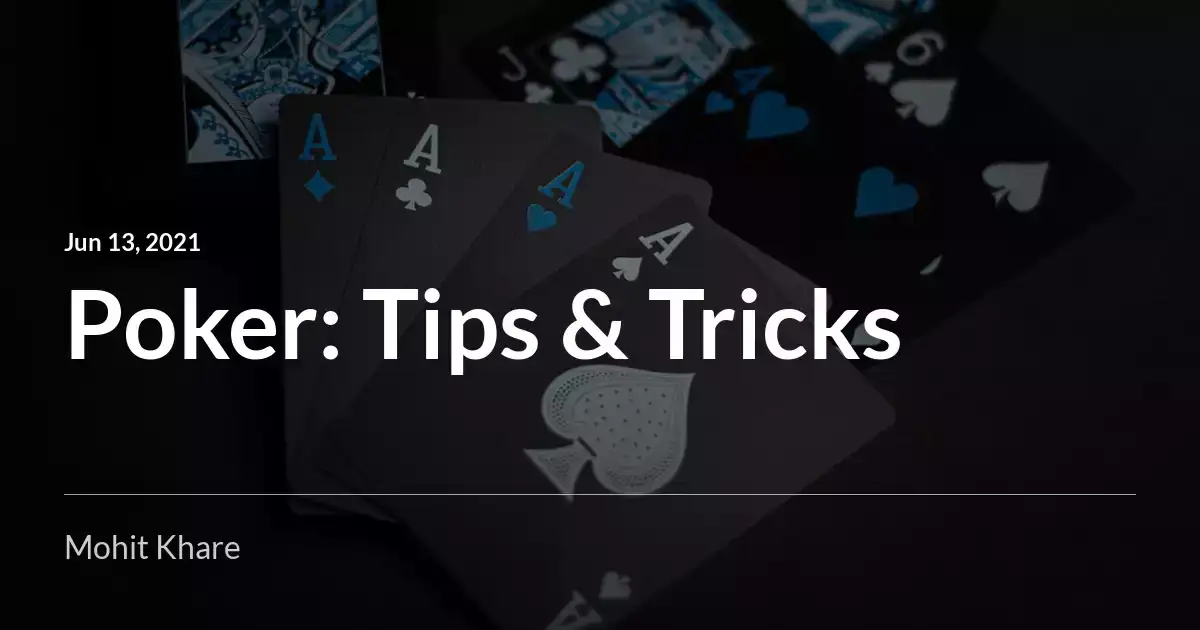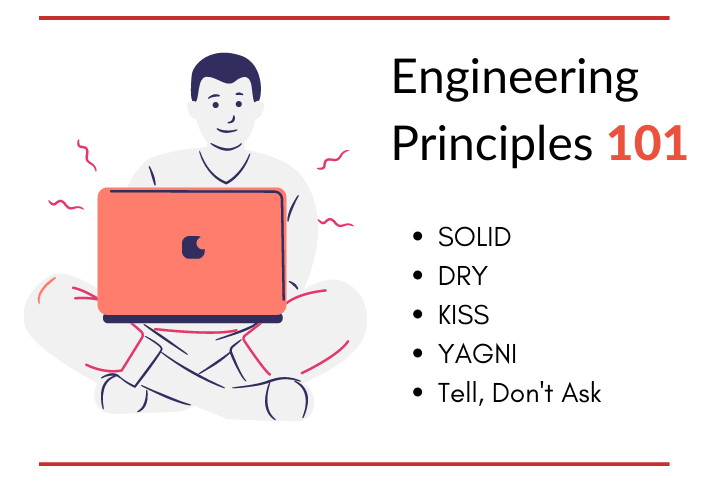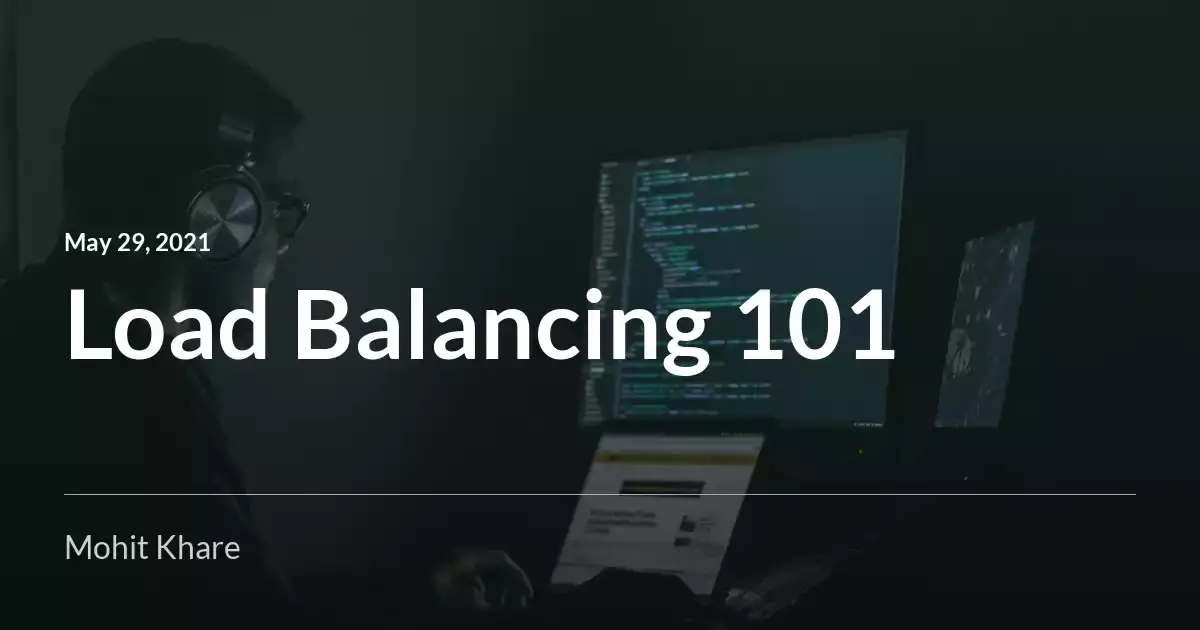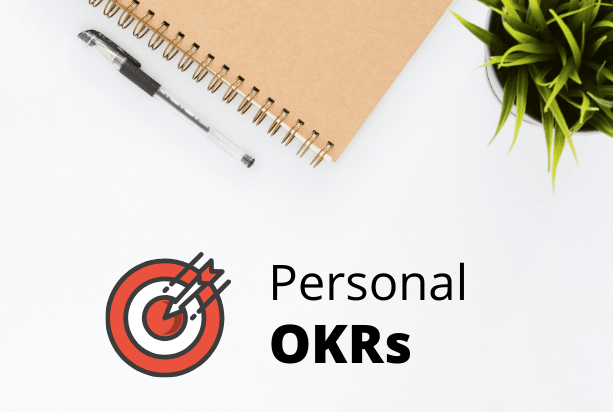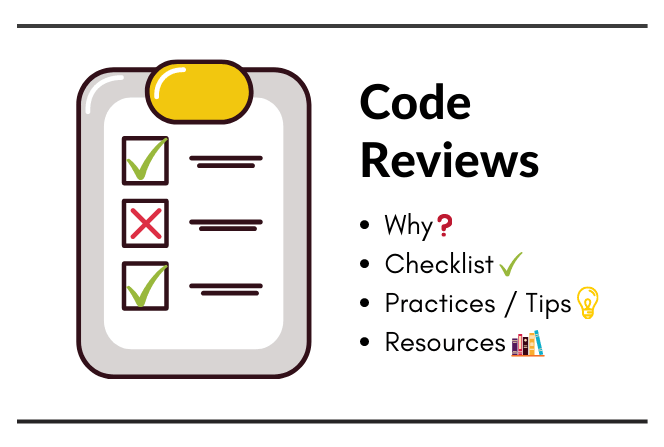Get latest articles directly in your inbox
Few months back I took Johns Hopkins Poker Course to learn some core concepts and build some skills to get better at winning games. Poker is incredibly addictive and a smart game. It is a mixed bag of calculations, luck and human psychology. The course focuses on core concepts in Texas Hold`em, with an emphasis on cash games. Sharing some of my notes from this class, I hope this helps you win some of those large pots :)
Introduction
- Figure out what other people are.
- Whale - Lots of money
- Shark - Be cautious of these
- Fish - Keep calling
- Donkey - Well idiots
- Find an edge. If players are good, just walk away. Find donkeys or whale or both!
- Check what’s best possible hand? 2nd best?
- Double belly buster ( disguised) . Eg. 6-7 and cards on board are 3, 5 , 9 (both 4 and 8 will give your straight)
- Idiot end (lower end of straight)
- You can’t have straight without 5 or 10.
- You are going to get a pair 1/17 times.
- Its rare you get beaten when you have full house unless there is 3 of kind on board. If a pair on board then its very strong.
- In chess, best player wins almost always. In poker, best player win more often.
- Poker is about skill and getting your edges.
- Cash games - 1:1 mapping
- Flop is a major hand
- how many players remain
- who raised?
- pot size and remaining stacks
- How is connection between pre-flop and flop. Keep the pre flop action in mind
- If board is dry, you can check as well
- Opponent type
Fundamentals
- Expected Value: win_win % - lose_lose%**
- if < 0 then run from table.
- else enjoy
- Pot odd - total in pot/ bet
- Whenever odds against hitting > pot odd -> don’t call else call
- Find the right amount to overturn the ratio in previous point.
- if you have more than 14 outs, its definetely a good bet.
- Implied odds (Current + Future bets)
- Play with deep stacks.
- 10% - 15% times don’t play poker by rules ( like the principles, calculations - basically trick opponents, bluff them)
- It’s okay to fold. Don’t worry about BB! You pay only 2/orbit
Strategies when entering a pot
Person who makes first bet - opens a pot. When opening come up with around 3 BB raise. (But, look for what other are doing on table). In tournaments, reduce raise at end. Mix it, don’t always do 3x. Don’t get predictable.
Limping is not a good strategy
When betting after flop - bid half the pot.
When raising - 3x bet is good.
Big pair
- try to raise and eliminate weak cards.
Medium pairs
- Opening position
- Open with 3x raise
- 50% time call or fold.
- If 4x bet then fold
- Medium
- 80% time raise
- Late
- Always call 1 raise
- When multiple player in hand, then see if you can make a set (risk but high earnings possible)
- If Re-raised -> fold
- JJ is a bad hand to have rather unlucky (unless you get jack in flop)
- Opening position
Small pairs
- Don’t play in shallow stacks
- Play 1 raise when with weak players.
- You might miss set/quads but its ok. You played poker right way. (Again judgement based on opponents)
Big Slick - AK
- Short stack - nice hand, Deep stack - drawing hand.
- Dominates other hands. If both miss, dominating one wins.
- Don’t scare other people with 3x-4x raise
- Against a pair, < 50% wins
- Danger - AA, KK
- Avoid big pots always with AK (If you are short stacked, go all-in)
Little Slick - AQ
- Serious action -> fold
- generally a good hand - normally play it.
- AK >> AQ
A2 - AJ
- Weak ace. AK AQ are largely dominating
- Fold pre flop most times. (>90%)
- Suited ace are still good to bet.
- At low stakes table you can play this often.
Trouble hands
- KQ, QJ, KJ, KT, QT
- dominated by AK -> AT
- Avoid raises with such hands
- Early pos - KQ can be played
- If someone 3x bet - just fold
Suited Connectors
- 8-9 , 5-6 same set
- Good in deep stash
- Early pos - fold most times, Middle - raise often, Late - raise
- One raiser, lot of callers.
Starting hand selection
Opening type
- Limp
- Raise
- 3,4 bet
Selection criteria
- Position
- Stack size
- Opened/ unopen pot
- Strength of cards - premium, solid
- Opponents - Aggresive, passive
- What is your table image
Pro tip: Nobody cares what you folded
Bet Types
- Value Bet
- Semi-bluff
- Bluff
- Probe bet
- When you don’t know where you stand
- Goal is to gain information
- Continuation bet
- if you bet pre-flop, no matter what the flop is , put a C-bet. (70% times)
- if multiple oppponents then avoid this.
- Donk Bet
- out of position , opponent raised pre flop and raised, you bet.
- If you have a strong hand, do a check
- Weak hand - exit
- Blind bet
- Check
- small value hand, you have some chances
- pot is small
- Trapping - you got full house, but you check to lure more plays. Do this, when you are super strong
- Check - Raise
- First check with intention that someone will raise
- Then you raise
- Do keep in mind the strength of cards you have
Leveling
- Level Zero
- Make decisions based on your own cards
- Level One
- Own + Opponents card
- Level two
- What others are thinking, table image, stack sizes etc
- Try to figure at what level your opponents are at.
Resources
- Book: Liar’s Poker
- Book: The Biggest Bluff
- Phil Ivey Masterclass
- Collection of top articles to master Poker
I hope you learned something new. Feel free to suggest improvements ✔️
I share regular updates and resources on Twitter. Let’s connect!
Keep exploring 🔎 Keep learning 🚀
Liked the content? Do support :)
